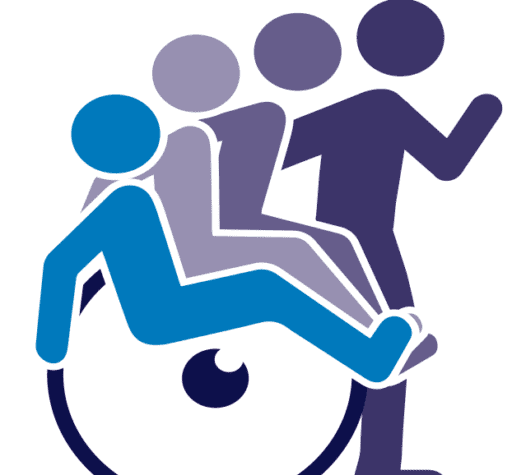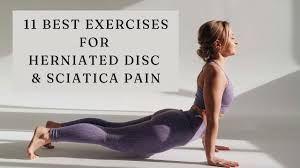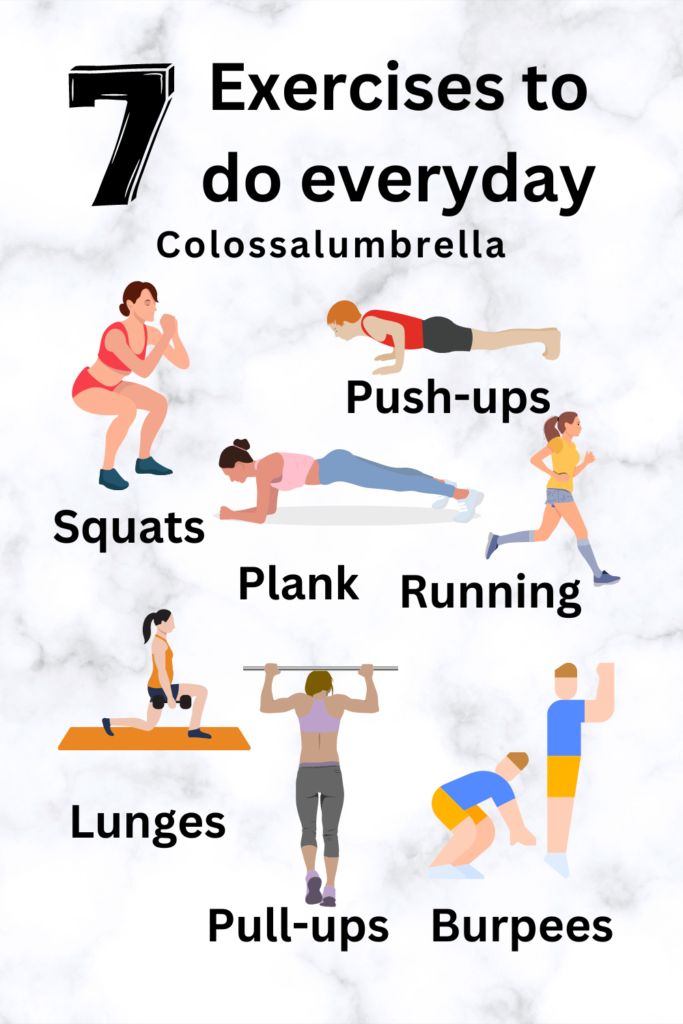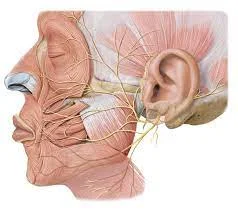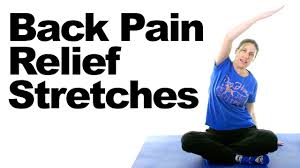11 Best Exercises for Herniated Disc & Sciatica Pain Relief
Table of Contents
Introduction:
It may be painful and irritating to live with sciatica or a herniated disc, which frequently limits everyday activities and mobility. However, the correct exercises may be quite effective in lowering nerve pressure, alleviating pain, and improving spinal health.
Long-lasting comfort is facilitated by gentle, focused activities that stretch tense muscles, strengthen the core, and improve posture. The safest, efficient, and comfort-restoring exercises for sciatica and herniated disc pain alleviation will be covered in this book.
Benefits of the Top 11 Exercises for Sciatica and Herniated Disc Pain Relief:
There are both functional and physical advantages to performing the appropriate exercises for sciatica and herniated disc pain. These specific motions are intended to strengthen supporting muscles, reduce strain on the sciatic nerve, and enhance spinal health. The main advantages are listed below:
- Pain Relief: This relieves lower back and leg pain by lowering pressure on the sciatic nerve and spinal discs.
- Stronger back and core muscles help to stabilize the spine and stop more disc problems.
- Improved Posture: Promotes proper alignment and lessens lower back strain.
- Decreased Stiffness: Encourages lumbar spine and surrounding joint motion.
- Preventing Future Flare-Ups: Stretching and strengthening can help reduce the likelihood of sciatica or disk pain flare-ups.
- Improved Functionality: Restores the capacity to carry out everyday tasks with reduced pain.
- Stress Reduction: Breathing exercises and mild stretching encourage relaxation, which reduces back muscular tension.
- Non-Surgical Pain Management: Offers a safe and natural substitute for drugs or intrusive procedures.
- Long-Term Spinal Health: Promotes behaviors that lead to a better quality of life and a healthy spine.
11 Best Exercises for Herniated Disc & Sciatica Video
The Best Exercises for Sciatica and Herniated Disc Pain Relief:
Ankle Toe Movement:
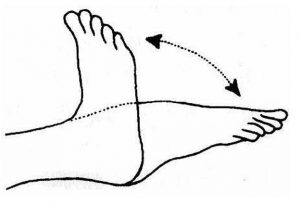
An easy yet powerful technique to increase circulation, flexibility, and mobility in the lower legs and feet is the ankle-toe movement exercise. This movement eases stress caused by extended sitting or inactivity, strengthens the ankle joint, and helps alleviate stiffness. By improving blood flow and easing stiffness in the calves and feet, it can also help those with sciatica or herniated disc pain with nerve-related pain that radiates down their legs.
Straight leg raises:
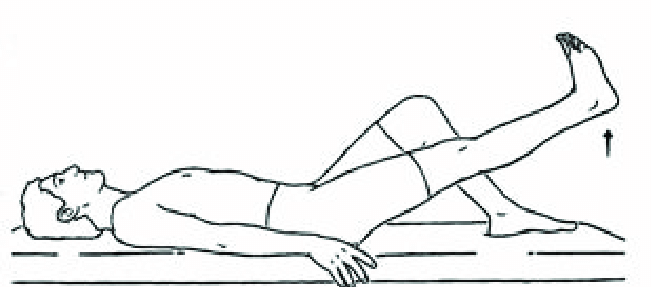
A mild strengthening exercise that minimizes tension on the lower back, straight leg lifts work the quadriceps, hip flexors, and core. The straight leg is raised gradually to a 30 to 45 degree angle, maintained for a short time, and then carefully lowered again. This exercise supports the spine, eases disc strain, and helps develop lower-body stability. Straight leg raises strengthen the core, provide spinal stability, and help people with sciatica or a herniated disc feel less pain while going about their regular lives.
Knee-to-Chest Stretch:
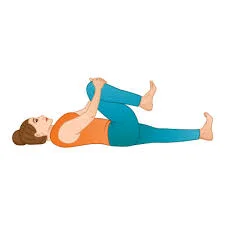
A simple and efficient exercise that relieves hip and lower back strain is the knee-to-chest stretch. Hold one knee with your hands as you gently bring it up to your chest while keeping the other leg relaxed on the floor.
In addition to lengthening the lower back muscles and reducing stiffness, this action releases pressure on the sciatic nerve. The knee-to-chest stretch can help those with sciatica or a herniated disc by increasing flexibility, relieving pain, and encouraging lumbar spine relaxation.
Bridging:
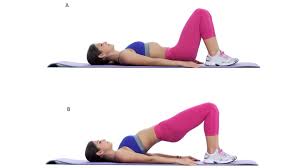
The lower back, glutes, and core muscles, all of which are crucial for supporting the spine, can be strengthened with the help of the bridging exercise. Maintaining your shoulders and upper back planted against the floor, slowly raise your hips toward the ceiling.
Bridging improves posture, lessens disc strain, and stabilizes the spine. It improves spinal support, eases pain, and strengthens the muscles that shield the lower back in those with sciatica or a herniated disc.
Piriformis Stretch:
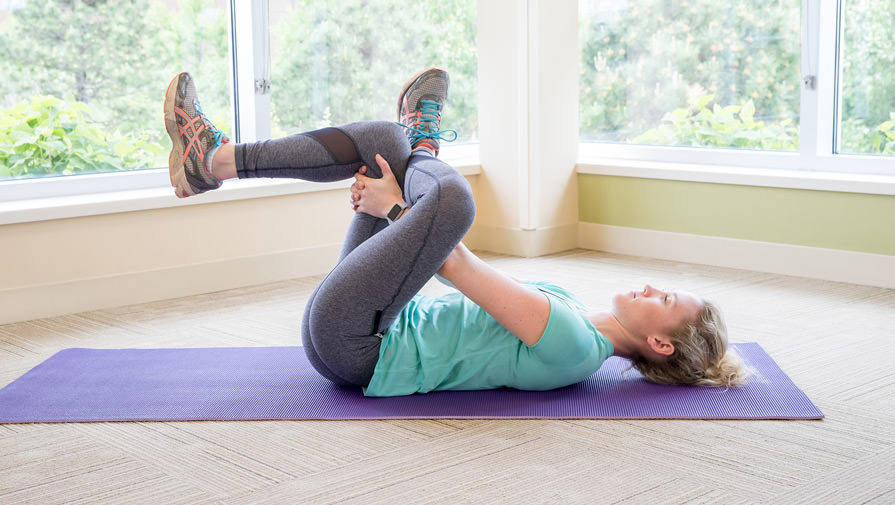
The piriformis stretch is a mild yet effective exercise that works the deep buttock piriformis muscle, which can frequently aggravate the sciatic nerve when it is taut. Pull the uncrossed leg gently toward your chest until the crossed leg’s outer hip and buttocks feel stretched. This exercise relieves sciatic nerve compression, eases piriformis muscle tension, and lessens pain that radiates down the leg. The piriformis stretch can increase hip flexibility, reduce nerve strain, and offer long-lasting relief to those with sciatica or a herniated disc.
Hamstring Stretch:
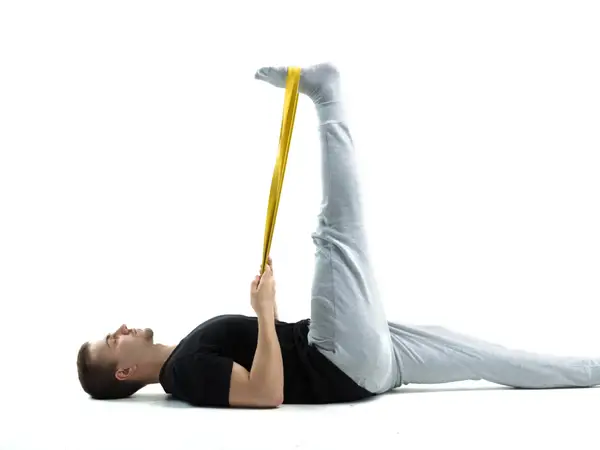
The hamstring stretch is a quick and easy workout that works the back of the thigh muscles, which can develop tightness and cause sciatica and lower back pain. Hold the second leg with your hands behind the calf or thigh as you gently raise it upward, maintaining it as straight as you can. A little tug should be felt along the leg’s back.
After a few seconds of holding, flip sides. The hamstring stretch can increase mobility, reduce pain during everyday activities, and improve flexibility for those with sciatica or a herniated disc.
Cobra Pose:

The Cobra Pose is a mild back extension exercise that helps release stress on the lower back’s discs and nerves while also stretching the spine. Lying face down with your legs outstretched and your palms beneath your shoulders is how you do it. Maintaining your hips and pelvis anchored, slowly raise your chest off the ground by applying pressure with your hands.
In addition to encouraging good posture, this practice increases spinal flexibility and lessens sciatic nerve compression. The Cobra Pose can help those with sciatica or a herniated disc by promoting better spinal alignment, increasing back strength, and offering calming comfort.
Hip Extension in Prone:

A strengthening exercise that works the glutes, hamstrings, and lower back muscles, all of which are essential for supporting the spine, is the hip extension in the prone position. To accomplish it, lie face down and support yourself with your arms at your sides or beneath your head.
Before swapping sides, hold it for a little while at the top and then carefully lower it back down. This exercise lessens the strain on the lumbar spine, strengthens the posterior chain, and increases hip stability.
Superman Pose:

An effective back-strengthening pose that works the shoulders, glutes, lower back, and core is the Superman Pose. It is performed by lying face down on the floor with your legs straight and your arms outstretched. To create a slight arch in your back, slowly raise your arms, torso, and knees off the ground simultaneously.
For a little moment, hold the position as though you were “flying,” and then carefully return to the beginning position. This exercise strengthens the muscles that protect the lower back, improves posture, and increases spinal stability. The Superman Pose can ease pain, stabilize the spine, and assist persons with sciatica or a herniated disc in avoiding flare-ups in the future.
Bird Dog Exercise:
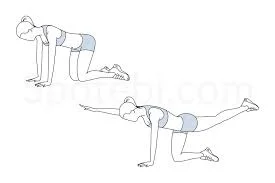
The Bird Dog exercise is a mild yet very powerful action that improves the shoulders, hips, and lower back muscles while also increasing core stability. Balance, posture, and lower back pain are all improved by this regulated action.
The Bird Dog exercise reduces nerve strain, supports the spine, and encourages pain-free mobility in daily activities for those with sciatica or a herniated disc.
Cat-Cow Stretch:
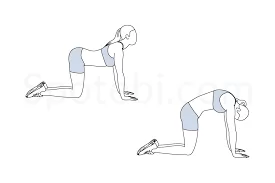
The Cat-Cow stretch is a mild yoga pose that eases back muscle tension and improves spine flexibility. This stretch reduces stiffness, increases circulation to the discs, and increases spinal mobility. The Cat-Cow stretch helps ease pain, enhance posture, and promote spinal health in those with sciatica or a herniated disc.
Conclusion:
To sum up, adding specific workouts to your regimen can be quite helpful in treating sciatica and herniated disc pain. In addition to relieving pressure on the sciatic nerve, gentle exercises like stretching, strengthening, and core stability also increase flexibility and spinal support.
These exercises provide a natural and efficient means of managing pain by improving circulation, encouraging improved posture, and lowering the chance of recurrent flare-ups. You may regain mobility, reduce pain, and promote long-term spine health for a more active, pain-free existence with consistent practice and appropriate technique.
FAQs
Sciatica pain can be lessened by using turmeric, especially its active ingredient curcumin, which has anti-inflammatory qualities. Turmeric can be used topically, taken as a supplement, or included in your diet. To improve absorption, use turmeric in combination with piperine, or black pepper.
By stretching the hip-originating muscles, the knee-to-chest exercise releases strain and tension across the lower back. Place your hand behind one knee and slowly draw it towards your chest while you’re on your back. Both the buttocks and lower back should feel comfortable.
Try shifting to your side if you’re uncomfortable. To maintain better alignment of your spine, hips, and pelvis, you may then position a cushion between your knees.
The most popular and frequently successful injection for sciatica is a lumbar epidural steroid injection (ESI). To lessen inflammation and relieve pain, these injections send anti-inflammatory drugs straight to the lower back’s epidural region, which surrounds the spinal nerves.
A L4-L5 disc bulge can heal and return to normal, albeit recovery times and their severity vary. While severe instances could necessitate surgery, many cases improve with conservative therapies.
The part of the herniated disk pushing on the nerve or the bone spur can be removed by surgeons. However, surgery is often reserved for cases with extreme paralysis, loss of bladder or bowel control, or pain that does not go away with conventional therapies.
If spinal stenosis L4-L5 is not addressed, it can result in chronic pain and decreased mobility, which makes it a significant condition. The symptoms of spinal stenosis are frequently not severe in the early stages. Some folks just have minor pain in their backs.
You can qualify for decompression surgery on your spine to treat sciatica if conservative measures like exercise and physical therapy are ineffective. To relieve pressure on your trapped nerve, surgery is performed to remove a damaged disc segment or spinal bone.
You can try activities like the pelvic tilt, hamstring stretches, cat-cow stretches, and hanging from a bar to decompress the L4 and L5 vertebrae at home. A towel placed over a door frame to provide traction or a modified downward-facing dog stance can also be beneficial.
A general practitioner’s treatment for a slipped disc
For short-term treatment of a slipped disc, a general practitioner may recommend a muscle relaxant, steroid injection, or a stronger pain reliever. A general practitioner may suggest more testing, such as an MRI scan, if your symptoms do not improve. They may also recommend a physiotherapist to you.
Exercises like standing extension, bird-dog, cobra position, cat-cow, and spinal decompression are strongly advised. To properly support the spine, these exercises increase flexibility, reduce strain on the spine, and strengthen the back and core muscles.
References:
- McQuilkie, S., DC. (2023b, July 3). 7 Herniated disc exercises for the lower back (Lumbar area). Back Intelligence. https://backintelligence.com/herniated-disc-exercises/
- FLECT LLC. (2021). Pelvic Clock® Exercises for Herniated Disc. https://static1.squarespace.com/static/55f0c160e4b0cea2feaf393c/t/6052045ef788f831b30b759f/1615987807649/Herniated+Disc+-+Pelvic+Clock%C2%AE+Exercises+.pdf
- Wells, B. (2025, July 11). 9 exercises for L5-S1 pain relief recommended by our Anchorage chiropractor. Better Health Alaska. https://betterhealthalaska.com/exercises-for-l5-s1-pain-relief/
- Angus. (2025, June 18). 5 simple exercises for L4-L5 disc bulge Relief – Cameron Chiro. Cameron Chiro. https://cameronchiro.com/blog/5-simple-exercises-for-l4-l5-disc-bulge-relief/
